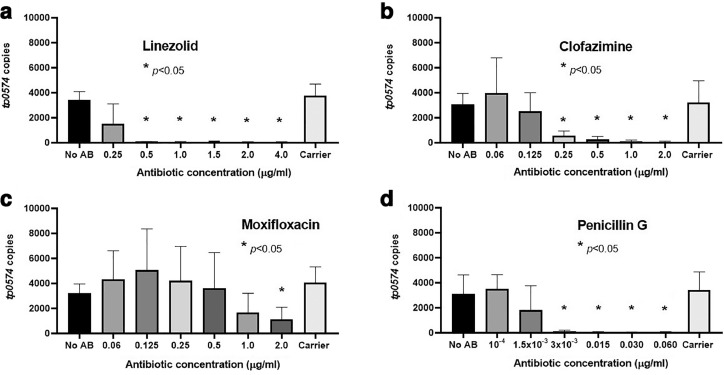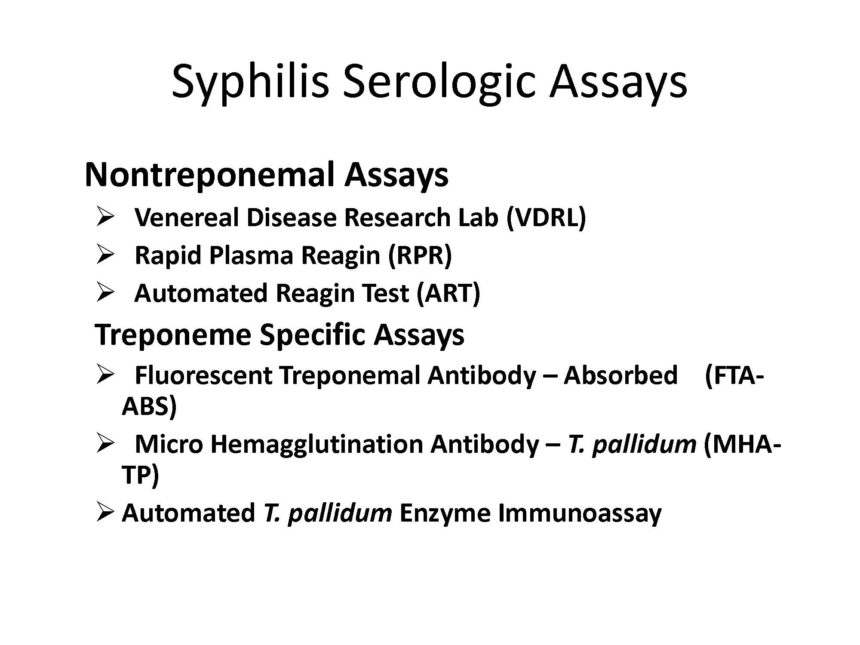
Treponema pallidum, otherwise known as tinea captain is a common fungus in human skin that produces lesions that are very itchy
This condition occurs as an inflammatory reaction to an overabundance of fungi. This condition is commonly seen on the fingers, elbows, feet and scalp. It generally affects adults in their 30s.
Treponema can occur as a single isolated case or it can develop into a more severe disorder. Treponema has different subtypes which are: yaws, syphilis, and bejel. It can be transmitted between people only among humans, who have certain immunosuppressive conditions like AIDS or leukemia.
The fungi that produce this condition do so by attacking the protective layers of the human immune system. It can produce skin lesions, blisters, and crusts. Treponemas are generally chronic because the body usually responds by producing more of these fungi. Usually, the most serious type of fungi are Y. pallidum subsp. pallidum. It can become extremely resistant to treatment.
The common symptoms of tinea capitis are extreme itchiness, redness and irritation in the affected areas, and sometimes pain and discomfort. The skin is usually inflamed and there may be scabs present, which may ooze or become white in color. These signs are usually more prominent at night.
In some cases, treatment of the infection will not eradicate the disease; it may just lessen the amount of fungal spores being produced. In such situations, the patient needs to take additional measures in order to ensure that the infection does not spread to other parts of the body.
There are several treatments available for treating skin lesions caused by tinea capatis. However, these treatments may not work effectively in cases of prolonged or complicated infections. Antibiotics can help control the infections.
Topical creams containing creams such as trichomoniasis gel can be used as a temporary solution. In most cases, a bandage should be placed over the affected areas. Steroids cream may be prescribed in order to reduce inflammation.
In more complex cases, oral anti-fungal drugs like miconazole and clotrimazole can be taken. However, these oral drugs have to be taken regularly in order to provide effective results. It must also be remembered that these medicines should not be taken together with any other drugs or antibiotics.

Surgery may be necessary for long-term solutions in certain cases. Severe infections may require more aggressive steps.
A surgical procedure that may be done in cases of complicated infections is called lymphangiectomy. This surgery removes the lymphatic glands. The affected tissues may need to be removed so that they can be treated with an antibiotic cream.
One of the best and safest ways to cure this condition is by using natural ways. Fungal creams can kill fungi while being applied topically. Another natural approach is by eating an anti-fungal foods such as garlic, mint leaves, and eucalyptus.
Antifungal ointments and creams can also be used as preventative measures. They can be applied topically and they can help in preventing tinea capitis from spreading.
In more severe cases, doctors may use medications that contain anti-fungals. Oral antifungal pills are also effective in reducing fungal infections and in slowing down their rate of growth.
Topical creams can also be helpful in decreasing the severity of symptoms caused by tinea capitis. However, it is important to note that these creams do not cure the infection on their own. It is important to take immediate action in order to get effective results.
When faced with a treponema pallidum infection, treatment should only be initiated when it is already advanced. Early treatment of this condition will allow you to recover faster.
If all else fails, you can go in for a permanent solution. Natural creams may be used for chronic infections.